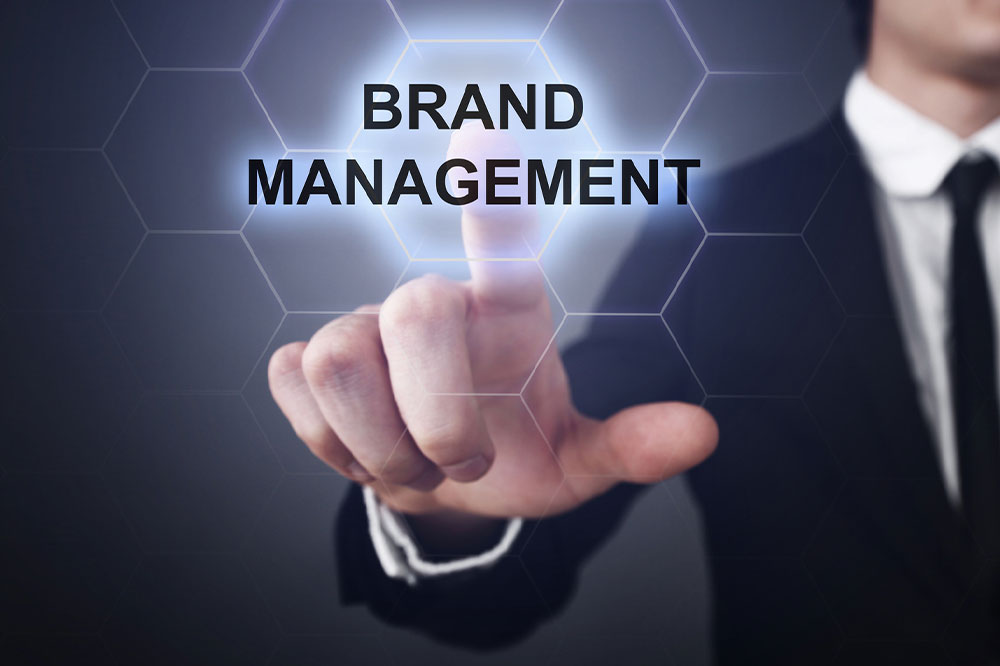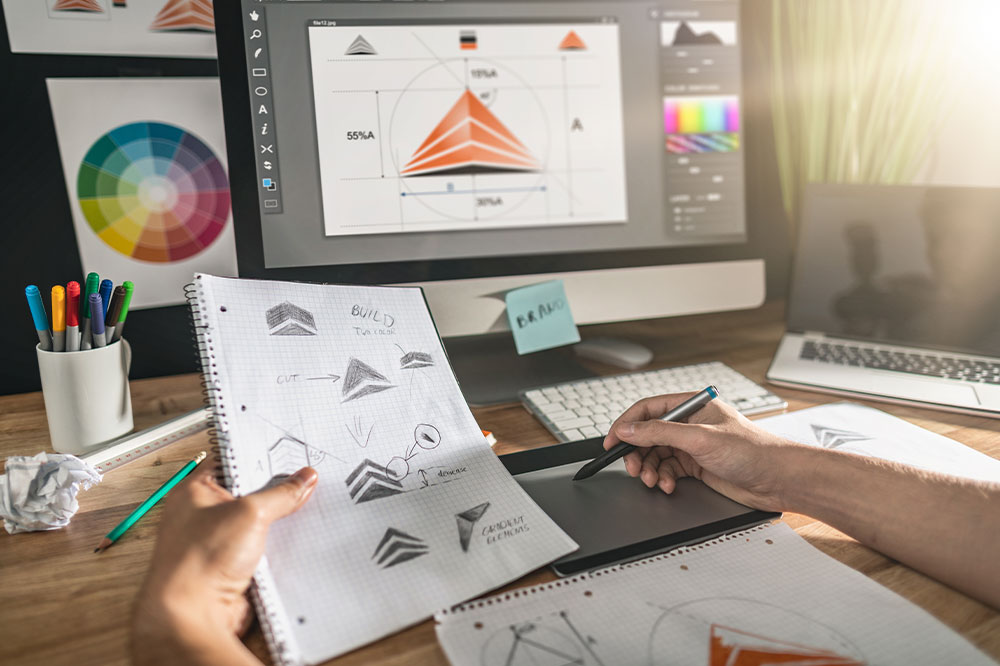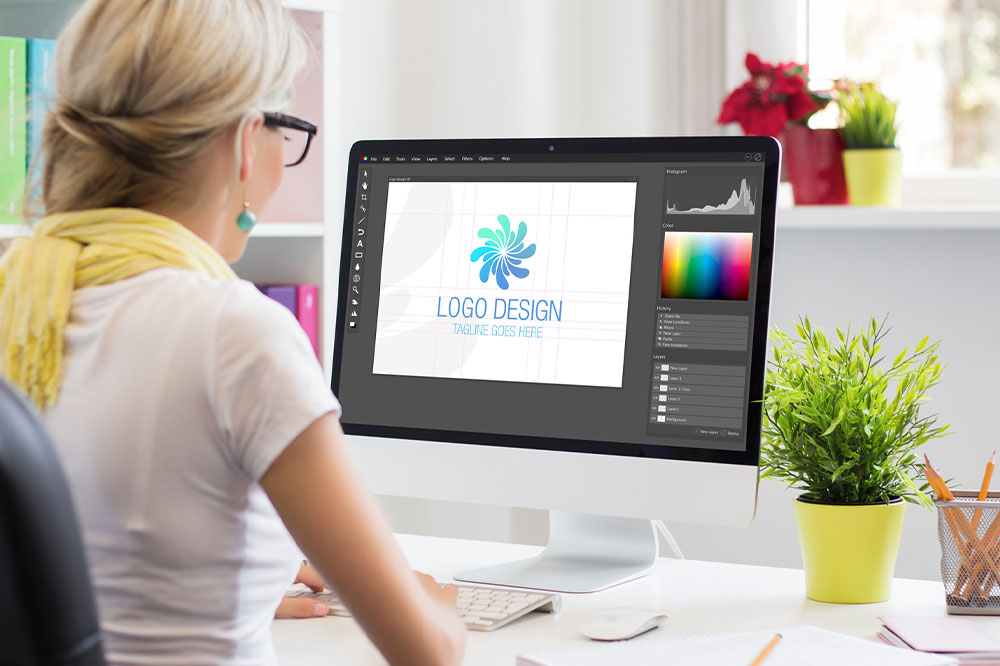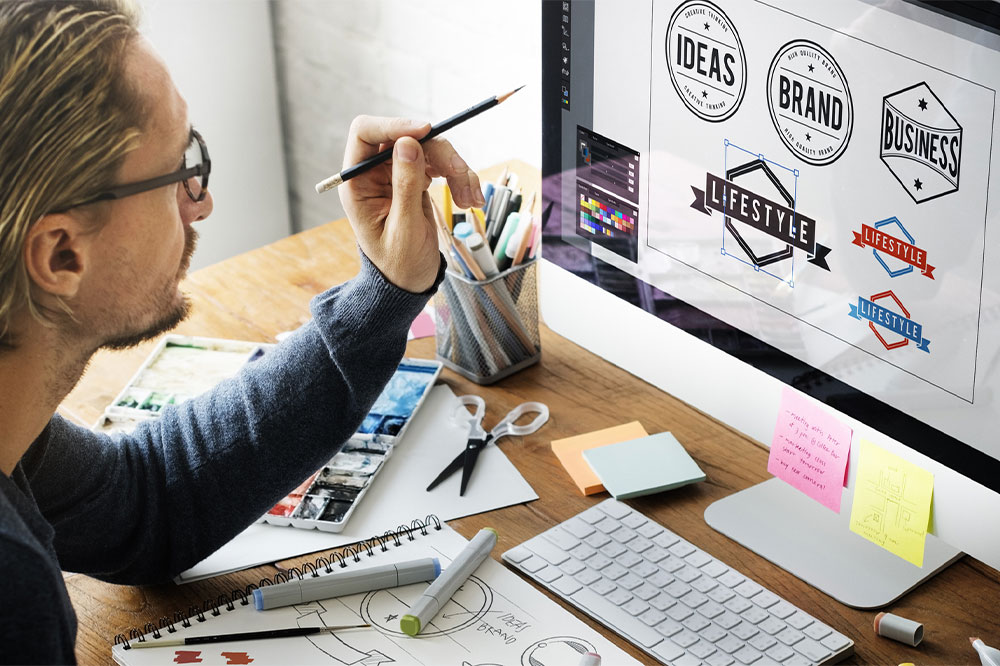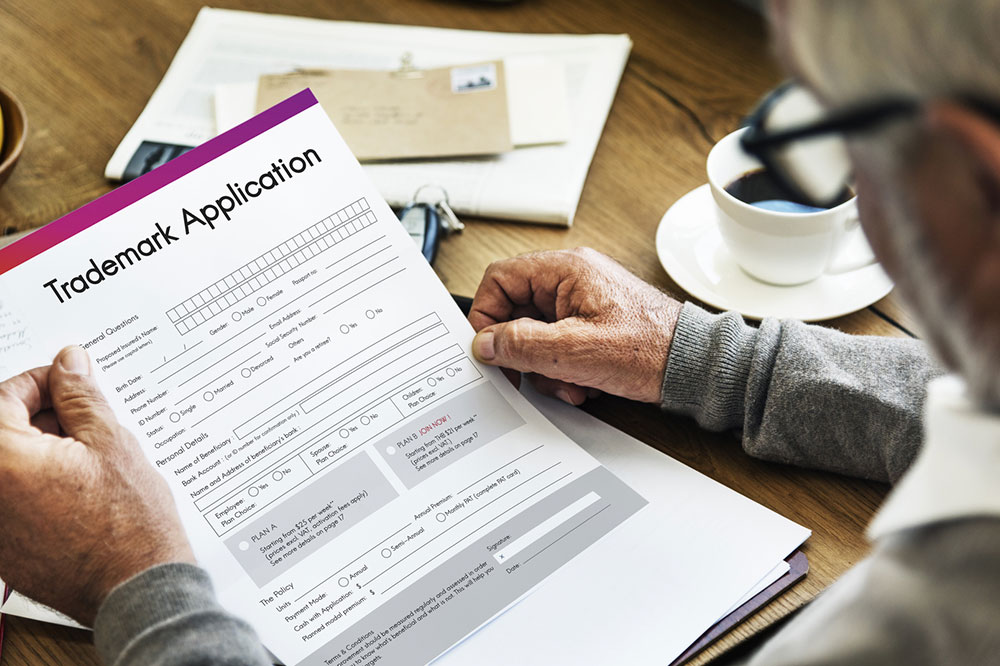Comprehensive Guide to Designing a Professional Logo for Your Brand on a Budget
Learn how to create a professional and memorable logo for your brand without spending a fortune. This detailed guide offers tips on understanding your audience, selecting colors and fonts, developing multiple designs, and using free online tools to craft a logo that effectively communicates your brand's identity and values. Perfect for startups, entrepreneurs, and small businesses seeking affordable yet impactful branding solutions.
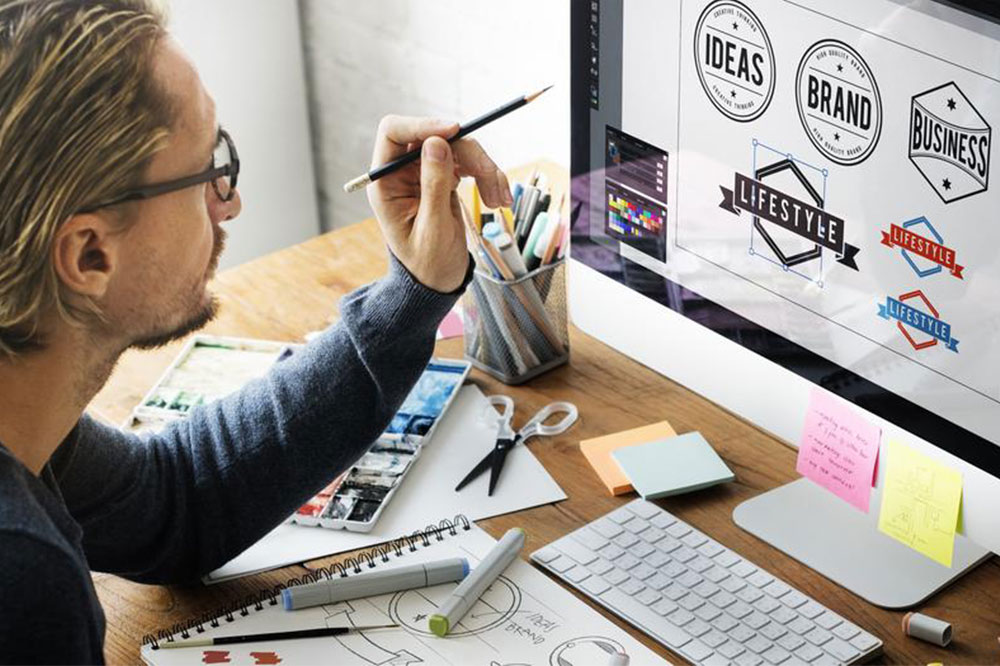
Comprehensive Guide to Designing a Professional Logo for Your Brand on a Budget
In today's competitive market, establishing a distinctive and memorable brand identity is more crucial than ever. Whether you're launching a new nonprofit organization, opening a local retail shop, or starting a personal blog, one of the most vital elements of your brand strategy is a well-crafted logo. Your logo serves as the visual cornerstone of your brand, helping to communicate your values, attract your target audience, and differentiate your business from competitors. However, many entrepreneurs and small business owners worry about the costs associated with professional logo design. The good news is that creating a high-quality logo doesn't have to break the bank. With the right approach, research, and creativity, you can design a professional-looking logo using free or affordable online tools. This comprehensive guide provides you with step-by-step tips to craft an impactful logo that aligns perfectly with your brand identity, all while keeping costs minimal.
Understand Your Audience in Depth
The foundation of effective logo design begins with a clear understanding of your target audience. Knowing precisely who your potential customers or supporters are allows you to tailor your logo to resonate with their preferences, needs, and expectations. Conduct surveys or informal research to gather insights into demographics such as age, gender, location, interests, and purchasing behavior. This information guides your choices in colors, symbols, and overall style. For instance, a logo targeting a youthful demographic might feature vibrant colors and playful fonts, while a logo for a professional service might lean toward more subdued tones and elegant typography. Recognizing your audience helps you craft a logo that not only captures attention but also fosters trust and recognition among your ideal customers.
Your logo should forge an emotional connection with your audience without creating barriers or distance. Understanding your demographic allows you to select suitable visual elements that express core values such as trustworthiness, passion, or strength. When designing, think about what appeals to your audience's sensibilities and cultural context to ensure your logo strikes the right chord and remains memorable.
Select the Right Colors to Convey Your Brand’s Message
Colors are potent emotional triggers that instantly communicate your brand’s personality. Once you've identified your target audience, focus on choosing colors that reflect your brand's core messages. For example, blue often symbolizes trust and professionalism, red denotes passion and energy, green suggests health or eco-friendliness, while yellow evokes optimism and happiness. Use color psychology to reinforce the message you want your brand to project and evoke the desired emotional response from viewers. Limiting your palette to a few harmonious hues helps maintain visual clarity and recognition across different mediums.
In addition to color, consider cultural connotations and trends to ensure your palette aligns with your brand’s positioning and audience preferences. Simple, cohesive color schemes tend to be more versatile and easier to adapt for various uses—whether on business cards, websites, or merchandise.
Choose Your Typeface with Purpose
Typography is a critical component that complements your visual identity. The right font enhances readability and reinforces your brand’s personality. Explore different types of typefaces, including serif fonts for tradition and reliability, sans-serif fonts for modernity and simplicity, script fonts for elegance and creativity, or display fonts for bold statements. When pairing fonts, ensure they harmonize with your logo's symbols and color scheme. Don't hesitate to experiment with font weights and styles to find a perfect match that communicates your brand’s essence—whether it’s fun, professional, innovative, or trustworthy.
Consistent use of typography in your branding materials helps build recognition and professionalism. Remember, the font should be legible even at smaller sizes and adaptable across various digital and print platforms.
Develop Multiple Logo Versions for Flexibility
Creating several variations of your logo allows you to assess which design best communicates your brand. Consider designing options with different layouts—horizontal, vertical, and icon-only versions—and test these across different backgrounds and formats. Gathering feedback from colleagues, friends, or your target audience can provide valuable insights into which version resonates most effectively. Multiple versions ensure your brand maintains visual consistency whether on social media profiles, letterheads, signage, or packaging. Flexibility and adaptability are key to a professional brand presence.
Utilize mockups to see how your logos look in real-world scenarios. This exercise helps you identify any necessary adjustments before finalizing your design.
Leverage Free Online Logo Makers for Final Creation
Once you have a clear concept and multiple design options, it's time to bring your vision to life using digital tools. Today, numerous free or budget-friendly online logo makers simplify the design process, making it accessible even for beginners. Platforms like Canva, Wix Logo Maker, Tailor Brands, and Looka offer user-friendly interfaces, customizable templates, and a wide selection of icons, fonts, and color schemes. These tools enable you to experiment with different layouts and styles, providing instant feedback and ease of editing.
For best results, choose a logo maker that allows high-resolution downloads and vector formats. This ensures your logo remains sharp and professional across all sizes and applications. Remember, simplicity often leads to more versatile and memorable logos—avoid overly complex designs that can lose clarity at smaller scales.
Final Tips for a Successful Logo Design
Throughout the design process, keep your brand’s mission and values front and center. Ensure your logo aligns with your overall visual identity and can stand the test of time by avoiding overly trendy elements that may quickly become outdated. Regularly review your logo design against your target audience’s feedback and make adjustments as needed. A well-designed logo is an investment in your brand's future, capable of establishing trust, recognition, and loyalty among your customers.
In conclusion, designing an effective, professional logo on a budget is entirely achievable with careful planning and creative use of accessible online tools. By understanding your audience, choosing appropriate colors and fonts, developing multiple variants, and utilizing free design platforms, you can create a distinctive logo that embodies your brand’s essence and helps you stand out in your industry. Take your time, seek feedback, and don't be afraid to experiment until you find the perfect visual identity that reflects your brand's unique personality and values.
